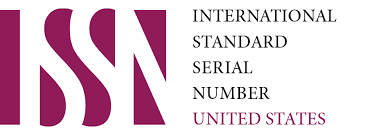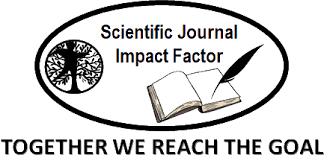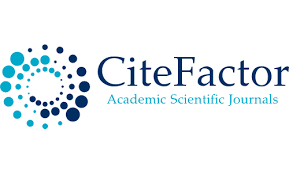Studying The Possibilities of Processing of Mining Slags
Keywords:
mining slag, loss of metals, processing, reductionAbstract
The article discusses the inevitability of copper losses due to slag, as well as the possibility of decreasing them through various approaches and the use of local secondary technogenic formations. It has been demonstrated that the developed and commonly used in industry slag decontamination procedures only partially alleviate the problem and result in large irreversible metal losses with dump slag. The primary elements that influence the size of the losses are identified, and recommendations for limiting their negative impact are made. The use of ideal mixing equipment is advised in this scenario because a maximum decrease in the residual copper concentration in the waste slag is possible. With the organization and implementation of low-waste technologies, it is feasible to achieve an increase in the complexity of raw material utilization. In this article discusses about information of studying the possibilities of processing of mining slags.
References
S. T. Matkarimov, S. Q. U. Nosirkhudjayev, Q. T. Ochildiyev, O. U. Nuraliyev, and B. R. Karimdjonov, “Technological processes of receiving metals in the conditions of moderate temperatures,” Int. J. Innov. Technol. Explor. Eng., vol. 8, no. 12, pp. 1826–1828, Oct. 2019.
C. Twigge-Molecey T. Price. Materials Handling in Pyrometallurgy: 1st Edition. Ontario, Pergamon, August 26-30, 2014. – 860 p.
Brandt D. Metallurgy Fundamentals: Ferrous and Nonferrous. Goodheart-Willcox Co; 5th edition. 2005. – 301 p
A.A. Yusupkhodjayev, Sh.T. Khojiyev. Methods of decreasing of Copper loss with Slag in Smelting Processes // International Academy Journal Web of Scholar. Kiev, March 2017, No. 2 (11), Vol. 1, PP. 5 - 8.
Jang Hyun Sung. Heat Treatment Of Materials. Trans Tech Pubn.
-11-15. – 548 p.
Downloads
Published
Issue
Section
License

This work is licensed under a Creative Commons Attribution-NonCommercial 4.0 International License.
User Rights
Under the Creative Commons Attribution-NonCommercial 4.0 International (CC-BY-NC), the author (s) and users are free to share (copy, distribute and transmit the contribution).
Rights of Authors
Authors retain the following rights:
1. Copyright and other proprietary rights relating to the article, such as patent rights,
2. the right to use the substance of the article in future works, including lectures and books,
3. the right to reproduce the article for own purposes, provided the copies are not offered for sale,
4. the right to self-archive the article.












